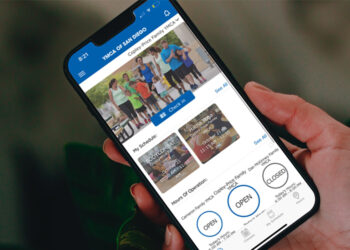Learn best practices for record keeping to boost safety protocols with Kate Connell, the senior manager of sales and strategic partnerships at HydroApps.
As we enter 2025, it’s clear tracking and analyzing incident and accident data has become a key priority for aquatics agencies. Just like how we monitor water quality — keeping an eye on chemical levels and PH balance to ensure the pool meets safety standards — it’s just as important to keep track of incidents like slips, rescues, medical emergencies and equipment malfunctions. This data helps us identify high-risk areas, recurring safety issues, and it can guide smarter decisions when it comes to staffing, training and resource allocation. By shifting to digital platforms and improving record keeping, agencies can boost their safety protocols, reduce risks, and make sure their facilities stay safe and efficient for everyone.
1. Break Down Incident Data for Better Insights
It’s one thing to track incidents but breaking the data down into smaller categories can give much more useful insights. Instead of just noting an incident happened, try categorizing it by time of day, location in the pool or type of emergency. If you’re already tracking some of these factors, try adding more specifics like water depth, zone coverage or weather conditions to help pinpoint patterns. This type of detailed tracking can help you understand when and where incidents are most likely to occur, so you can adjust staffing or tweak safety practices as needed. Plus, by comparing incidents to lifeguard shifts, you can see if fatigue is a factor, which can help make more informed staffing decisions.
2. Don’t Overlook Near-Miss Incidents
Near-misses, such as almost-drownings or near-collisions, should never be overlooked. These incidents may not escalate, but they can still offer valuable insights into where safety protocols could use improvement. Tracking where and when near-misses happen helps identify high-risk areas that may need more staff or additional safety measures. It’s also a great opportunity to refocus training efforts, ensuring lifeguards are prepared for situations that might not be fully realized yet.
3. Track and Analyze Trends Digitally for Proactive Changes
When you track incident and near-miss data digitally, you’re making it much easier to spot trends and tackle potential safety issues before they escalate. Digital platforms allow you to organize, visualize and review data in a way that helps you make decisions based on facts, not just gut feeling. Over time, this approach helps you pinpoint where to focus your training, what equipment might need upgrading or where you could make changes in your environment to improve safety. With digital tools, your safety plan becomes more flexible and can evolve with the needs of your facility, keeping your team and swimmers safe.










